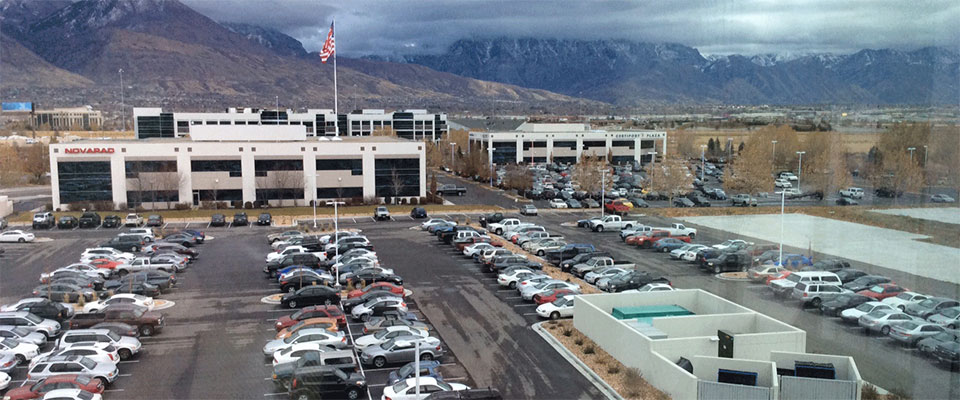
When it’s time to choose light poles, you have to consider the environmental factor of wind-induced vibrations, which can severely damage both steel and aluminum poles. However, if you plan properly, you can limit – or even eliminate – the need for repairs and save money later on.
Here’s an analysis of the effects of vibrations on light poles and tips on how to mitigate those effects.
First-Mode Vibrations
First-mode vibrations are caused by sudden, high-velocity gusts of wind. They typically impact the top of the pole and cause it to sway. Since light poles are intentionally designed with enough flexibility to withstand this type of movement, first-mode vibrations are usually not harmful.
In order to properly prepare for first-mode vibrations while planning a lighting project, it is important to calculate the pole’s loading requirements; obtain the pole’s EPA; follow local building codes; and adhere to the specified wind maps, guidelines and standards.
What is EPA? It stands for the Effective Projected Area – the area of the pole that is loaded by wind. EPA information is provided within the cutsheet specifications supplied by the pole manufacturer.
Second-Mode Vibrations
Second-mode – or Aeolian – vibrations are caused by steady, low-velocity, high-frequency winds. They’re most prevalent in flat, wide-open spaces with few buildings or trees, but can be present in any location. Due to this, Aeolian vibration is a truly unpredictable phenomenon that can cause serious damage to a structure and present safety concerns in the event a pole fails entirely. These vibrations affect the middle area of the pole and can cause:
- Movement that travels up and down the pole shaft
- An audible hum
- Cracked lamps
- Stress fractures and corrosion
- Knockdowns
You can prepare for Aeolian vibrations by considering the location of the job site, as well as the pole’s shape and what it’s made of. The most susceptible poles are square, straight aluminum poles because of their corners and flat surfaces. Round, tapered steel poles are the least susceptible because their shape makes it easier for wind to pass around them.
Options for preventing, mitigating, or remedying damage from Aeolian vibrations are to install a vibration dampener, change the location of the pole, modify the landscaping to alter the wind pattern, or install a different pole type (shape and material).
View video examples of these two vibration modes on our website.
Mitigating Effects, Before and After Installation
Before: Manufacturers should avoid incorporating notches and any sharp angles into the pole design. They can eventually lead to fatigue cracks.
Also, it’s important to avoid scratching, dinging and placing extra stress on the surface of the pole during transport and installation. Surface flaws will ruin the smooth finish and may prematurely diminish the pole’s strength.
After: Once a pole has been installed, inspect it at least once a year or more frequently if possible. The inspector should be close enough to touch the pole, which means a ladder or bucket truck will be required.
Start the inspection at the base of the pole and move up to the top. Anchor bolts and leveling nuts should all be accounted for and properly secured.
Next, inspect the hand hole cover and all fittings. Closely check the area of the pole shaft above and below the weld line for fatigue cracks, dents and damaged coating.
Lastly, take note of any rust or corrosion and ensure that all hardware at the top of the pole is accounted for and properly secured.
Dealing with a vibration issue or have questions? We can help:





